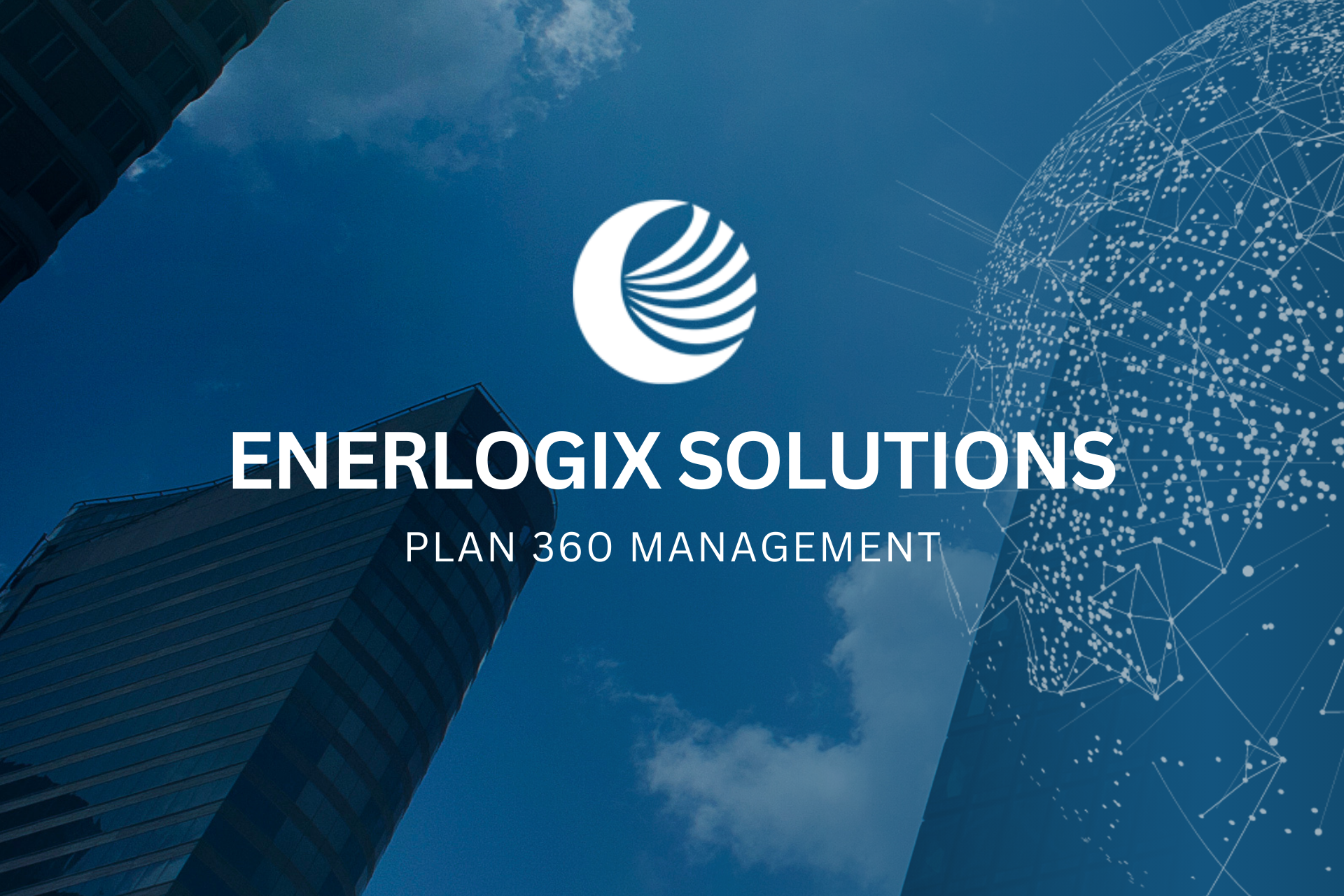Sustainable Energy Difference Conventional
Sustainable Energy Difference Conventional
Sustainable energy and conventional energy represent two distinct approaches to powering our world, each with its own set of characteristics, benefits, and challenges. Conventional energy sources, such as coal, oil, and natural gas, have long been the backbone of global energy production, providing reliable and abundant power. However, their environmental impact, including greenhouse gas emissions and resource depletion, has raised significant concerns. In contrast, sustainable energy sources, including solar, wind, hydroelectric, and geothermal, offer a cleaner and more environmentally friendly alternative. These renewable resources harness natural processes to generate energy, reducing carbon footprints and promoting long-term ecological balance. As the world grapples with climate change and the need for energy security, understanding the differences between sustainable and conventional energy is crucial for making informed decisions about our energy future.
Comparing Sustainable and Conventional Energy Sources
When comparing sustainable and conventional energy sources, several key differences emerge that highlight the growing importance of transitioning to more environmentally friendly options. Sustainable energy sources, such as solar, wind, and hydroelectric power, are derived from natural processes that are continuously replenished, making them a more reliable long-term solution for energy needs. These sources produce little to no greenhouse gas emissions during operation, significantly reducing their impact on climate change compared to conventional energy sources like coal, oil, and natural gas, which are finite and contribute heavily to environmental pollution and global warming. Additionally, sustainable energy technologies have seen rapid advancements and cost reductions, making them increasingly competitive with traditional fossil fuels. While conventional energy sources have historically provided a stable and dense energy supply, their environmental and health costs are prompting a global shift towards cleaner, renewable alternatives that promise a more sustainable and resilient energy future.
In contrast to conventional energy sources, which primarily rely on the extraction and combustion of fossil fuels, sustainable energy harnesses natural processes that are continuously replenished. Conventional energy sources, such as coal, oil, and natural gas, have been the backbone of industrial development for centuries, but they come with significant environmental and geopolitical drawbacks. The extraction and use of these fossil fuels contribute to air and water pollution, habitat destruction, and the release of greenhouse gases, which drive climate change. Moreover, the finite nature of these resources leads to concerns about energy security and price volatility. Sustainable energy, on the other hand, offers a cleaner, more stable alternative. By utilizing resources like sunlight, wind, and geothermal heat, sustainable energy systems can provide power without depleting natural reserves or causing significant harm to the environment. This shift not only helps mitigate the adverse effects of climate change but also promotes energy independence and economic resilience by reducing reliance on imported fuels.
In conclusion, the transition from conventional to sustainable energy sources represents a pivotal shift towards a more environmentally responsible and economically stable future. While traditional fossil fuels have historically driven industrial progress, their environmental impact and finite availability pose significant challenges that cannot be ignored. Sustainable energy, with its reliance on inexhaustible natural processes, offers a viable solution to these issues by reducing pollution, conserving natural habitats, and curbing greenhouse gas emissions. Furthermore, by fostering energy independence and reducing susceptibility to global market fluctuations, sustainable energy enhances national security and economic resilience. Embracing this transition not only addresses the pressing concerns of climate change but also paves the way for a more sustainable and equitable energy landscape for future generations.

MONTERREY
Lazaro Cardenas Avenue 506, Old San Augustin Estate, 64752 Monterrey, NL, Mexico
MEXICO CITY
Paseo de la Reforma 180, 14th Floor, Colonia Juarez, Cuauhtémoc District, Mexico City, CP 06600
TULSA (USA)
Enerlogix Solutions LLC 6528 East 101st St. Suite D-1 #421 Tulsa, OK 74133



